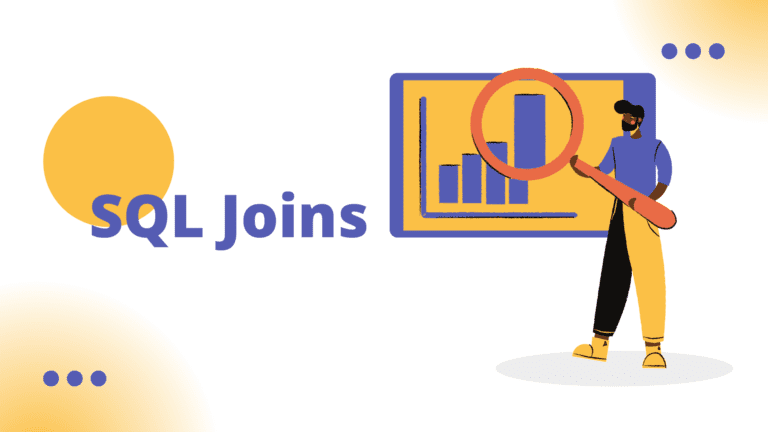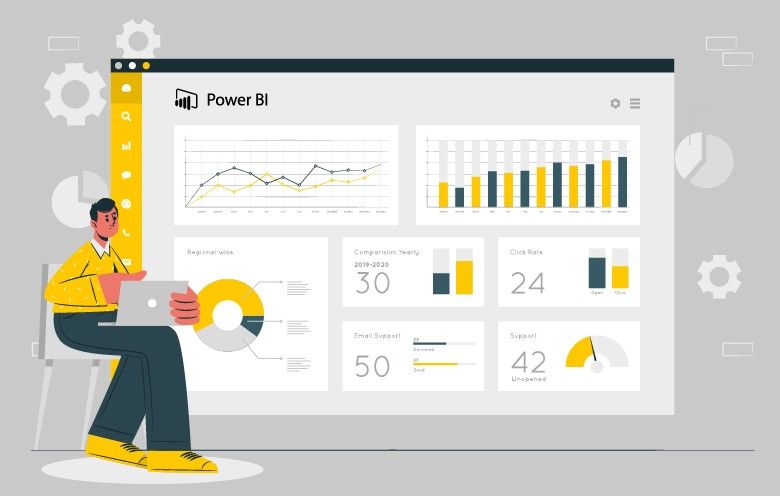The SQL Joins are used to combine the data from two or more tables on the basis of some related columns of each.
Suppose, we want to join Peoples Table and Product Table to learn about the regional manager of each state. Let’s have a look at both the tables.
Demo Table –
Product Table
| Category | Region | City | Country | Customer_ID | Customer_name |
| Office Supplies | Central | Chicago | United States | SM-20950 | Suzanne McNair |
| Technology | East | New York City | United States | AH-10465 | Amy Hunt |
| Office Supplies | East | New York City | United States | AH-10465 | Amy Hunt |
| Office Supplies | East | Dover | United States | EP-13915 | Emily Phan |
| Office Supplies | East | Dover | United States | EP-13915 | Emily Phan |
| Technology | West | Aurora | United States | TP-21565 | Tracy Poddar |
| Office Supplies | West | Aurora | United States | TP-21565 | Tracy Poddar |
| Office Supplies | East | Long Beach | United States | AR-10825 | Anthony Rawles |
| Office Supplies | West | Pasadena | United States | HA-14920 | Helen Andreada |
| Furniture | West | Pasadena | United States | HA-14920 | Helen Andreada |
Manager Table
| Region | Regional Manager |
| West | Sadie Pawthorne |
| East | Chuck Magee |
| Central | Roxanne Rodriguez |
| South | Fred Suzuki |
As in both the tables, we have a “Region” in the same column. This field can help to join both the table. There can be multiple joins in a single statement.
The joins are performed in the WHERE Clause. We can use different operators such as =, <, >, <>, <=, >=, !=, BETWEEN, etc. to join the table, but the most commonly used operator is “=”.
- Types of Joins
These are different types of joins available in SQL.
1. Inner Join – It returns the records that are matching in both tables.
2. Full Outer Join or Full Join – It returns all the records when there is a match in either of the tables.
3. Left Outer Join or Left Join – It returns all the records from only the table situated to the Left.
4. Right Outer Join or Right Join – It returns all the records from only the table situated to the Right.
5. Self Join – This join is used when the table has a join to itself.
6. Cross Join – This join returns the records by having a Cartesian product of records from the joined tables.
Follow us on Twitter, Facebook, Linkedin, and Tableau Public to stay updated with our latest blog and what’s new in Tableau.
If you are looking forward to getting your data pipeline built and setting up the dashboard for business intelligence, book a call now from here.
#analytics #data #business #artificialintelligence #machinelearning #startup #deeplearning #deeplearning #datascience #ai #growth #dataanalytics #india #datascientist #powerbi #dataanalysis #tableau #SQL #businessanalytics #businessanalyst #businessandmanagement #dataanalyst #businessanalysis #analyst #analysis #powerbideveloper #powerbidesktop #letsviz






